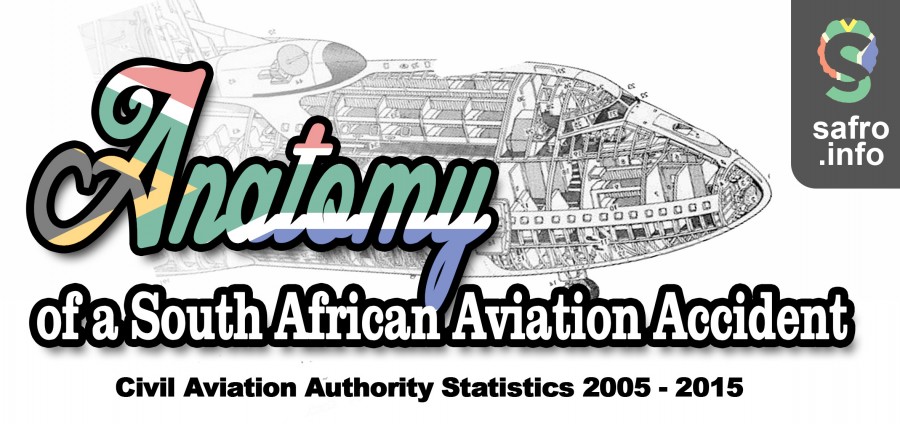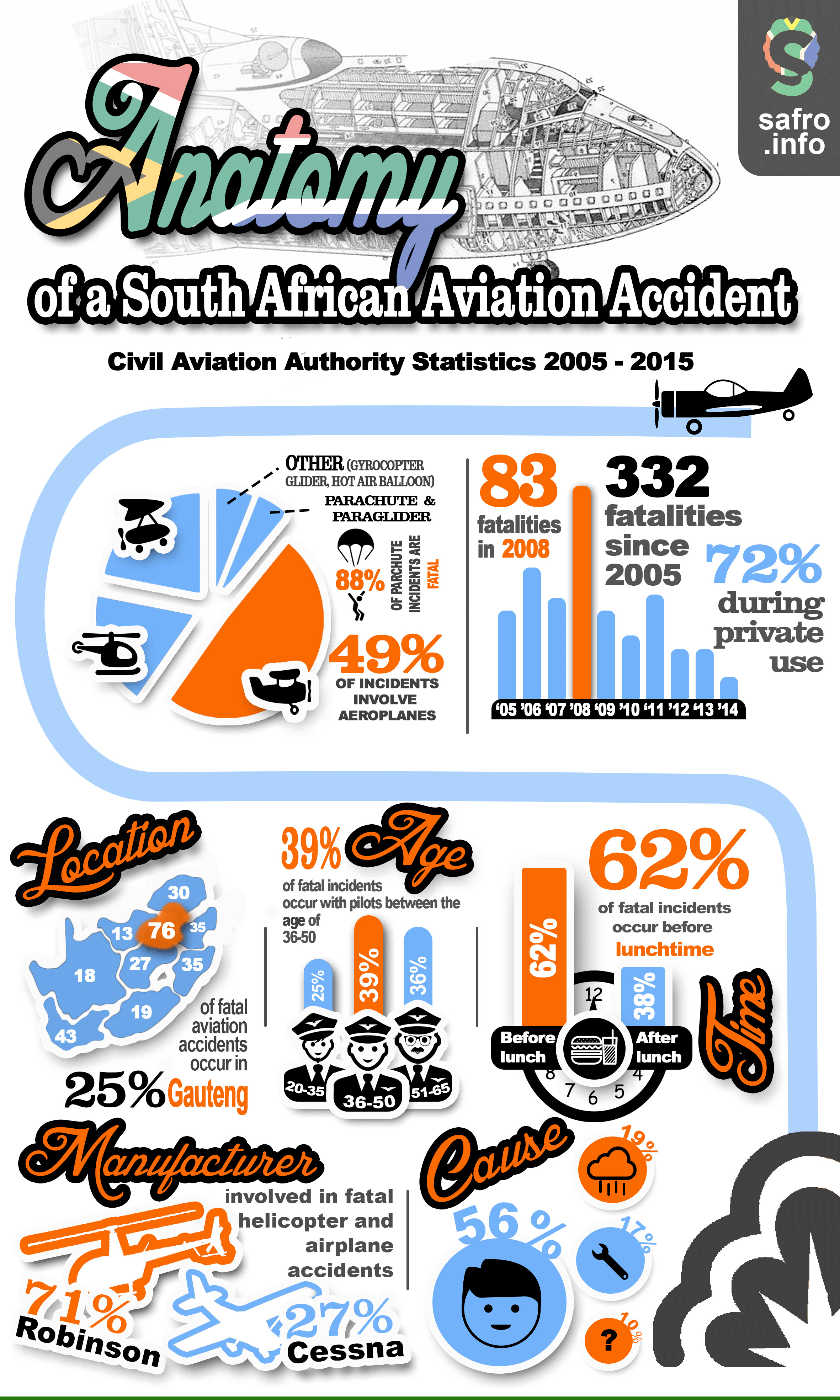
Anatomy of a South African Aviation Accident
The previous two years have been turbulent times in international aviation: two Malaysian airliners, and their full complement of passengers, lost in the span of four months and a Russian airplane performing a fatal nosedive over the pyramids, on Halloween – its deadly descent possibly expedited by explosives. With this current spate of deadly aerial […]

The previous two years have been turbulent times in international aviation: two Malaysian airliners, and their full complement of passengers, lost in the span of four months and a Russian airplane performing a fatal nosedive over the pyramids, on Halloween – its deadly descent possibly expedited by explosives. With this current spate of deadly aerial disasters, the question is: how safe is South Africa’s own aerial industry?
Besides dodgy landing gears disintegrating on touchdown, the most recent major commercial air disaster in SA history was that of the Helderberg – a SAA Boeing 747 that burst into flames over, and subsequently dropped into, the Indian Ocean in a tragic conclusion to the Mauritian holiday of all 159 on board.
Recent revelations suggest that volatile munitions and rocket fuel were to blame for the fire. Why were there highly explosive materials on a SAA plane you might ask?
Because this disaster happened way back in 1987 and international sanctions at the time did not allow for the legal import of munitions and rocket fuel so it had to be sneaked into the country on passenger liners.
The intermediate period between the Helderberg disaster and 2015 has thankfully been uneventful for South Africa in terms of air disasters.
Of the 523 major (well, important enough for a Wikipedia entry) aviation accidents and incidents across the world since the end of apartheid, not a single incident was recorded on South African soil or involving South African carriers.
It is no surprise when domestic carriers like Kulula are awarded distinctions for being one of the safest low-cost airlines in the world and when SA pilots are considered some of the best trained and safest – the impeccable safety records of Mzanzi’s main brains on the aeroplane can be attributed to their ‘healthy’ disregard for authority‘, according to Malcolm Gladwell in his book Outliers: the Story of Success.
This is not to say that South Africa doesn’t have its fair share of sudden, forced and violent transitions between the heavens and the unforgiving earth (and subsequently back again… if one believes in such things).
Pouring over countless Civil Aviation Authority (CAA) incident and accident reports spanning the last 10 years of South African aviation history, capturing them in an excel spreadsheet (which no one seems to have bothered to do as of yet), and analysing the results, paints a sobering statistical picture of man’s often deadly desire to leave terrafirma firmly behind him.
There have been 318 and 332 aviation related injuries and fatalities, respectively, reported since 2005 in South Africa: an average of 32 deaths a year. Although nearly two thirds of these incidents involved the two classical modes of aerial transport – fixed wing airplanes and helicopters – people attempt, and fail, to defy gravity in all other manner of contraptions such as microlights, gyrocopters, gliders, hot air balloons, parachutes and paragliders.
Fortunately, none of the deadly incidents involved large commercial passenger liners which would result in high death tolls and the deadliest air tragedy that has occurred in recent years on SA soil was on 14 August 2011 when two Piaggio Albatrosses – medium sized fixed wing propeller planes – struck a mountain range in Limpopo on their way to Gauteng. All 13 people on board both planes succumbed.
It was also fascinating to discover that not all of the fatalities recorded with the CAA strictly fall within the realm of being attributed to aviation, at least not in the traditional sense that one might imagine, such as the case of the Rhino darter who fell from the darting helicopter; or the plane that hit an oblivious individual walking on the runway; or the 54 year old who suffered a heart attack halfway between Clanwilliam and Loeriesfontein.
And then of course no South African story would be complete without its complement of crime and in this particular case criminals were to blame for the demise of a man who became, in a bout of vertical vigilantism, so obsessed with pursuing two robbery suspects in his microlight that he flew straight into a thicket of trees. The report does not state whether the thieves were ever apprehended, but we can only hope that the brave man’s final fatal flight was not in vain.
A look at other statistical curiosities that were divulged from the CAA records regarding the age of the pilot, the geographical location, the vehicle manufacturer, and the time of day of fatal South African aviation accidents (all of which are presented in the accompanying infographic), present the following advice:
Never, ever, accept an offer for a bird’s-eye view of Benoni in a Cessna from a middle-aged man before lunch. You are the least likely to survive the aforementioned scenario, at least statistically. (Although suspicions should already be raised by anyone, least of all strange middle aged men with means to transport body shaped black bags over long distances, offering you tours of Benoni.)
In conclusion, it is comforting to know that not only do we have a spotless domestic aviation record for large commercial passenger planes since 1994, but also that we can safely entrust our lives to our more than capable captains, even though your average weekend wind warrior will find ever more interesting ways to shuffle off his mortal, land bound, coil.
But then again, that’s South Africa for you – interesting, contradictory and a little bit funny at times
For more interesting articles and infographics on other interesting South African topics ranging from the country becoming a Protestnation, the abundance of craft breweries, a 100 history of movies, and what it takes to become a 1%er, please visit safro.info.

For more articles and infographics on other interesting South African topics ranging from the country becoming a Protestnation and the abundance of craft breweries, to a 100 history of movies and what it takes to become a 1%er, please visit safro.info.